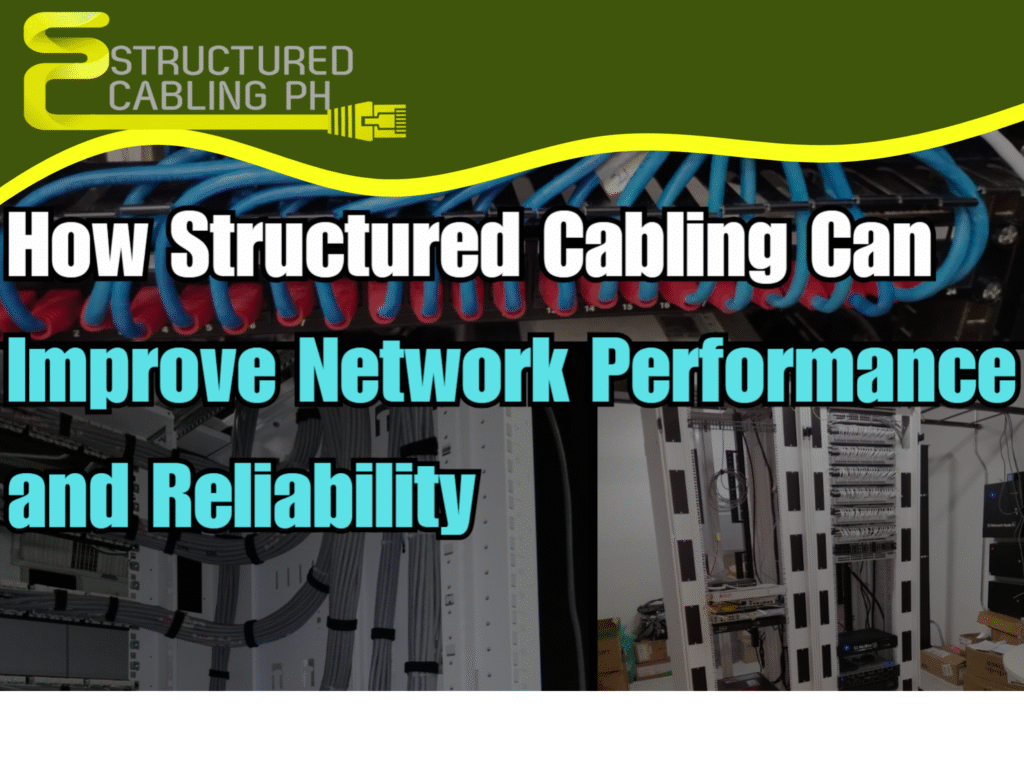
In today’s business landscape, where digital connectivity is essential for productivity, the significance of structured cabling cannot be emphasized enough. A thoughtfully designed and executed cabling system not only boosts network performance but also guarantees reliability, scalability, and cost-efficiency. Let’s explore the best practices recommended by Techland IT Solutions Ltd for optimizing network performance and reliability through structured cabling.
What is Structured Cabling?
Structured cabling is a standardized system used to organize and install cables that connect various devices and components within a network. It involves the use of a set of guidelines and industry standards for designing and managing the cabling infrastructure in buildings, data centers, and campuses. The system typically includes cables for voice, data, video, and other types of communication.Unlike traditional point-to-point cabling, structured cabling creates a more flexible, organized, and scalable network system. It’s designed to simplify network maintenance, improve reliability, and support future technology upgrades.The Significance of Structured Cabling
Structured cabling serves as the foundation for any IT infrastructure, offering a standardized and organized method for connecting devices, servers, switches, and other network components. Unlike traditional point-to-point cabling, structured cabling adheres to industry standards, delivering a more adaptable and future-ready solution. Here’s why structured cabling is essential:-
Scalability:
Structured cabling enables businesses to easily expand their networks to meet growing data needs and evolving technologies without causing major disruptions. -
Reliability:
A well-organized cabling system minimizes the likelihood of downtime and connectivity problems, ensuring smooth operations and minimal interruptions to business activities. -
Simplified Management:
Structured cabling makes troubleshooting and maintenance easier, allowing IT teams to quickly identify and address issues, thus enhancing overall network management. -
Cost-efficiency:
While the initial setup cost of structured cabling may be higher than traditional methods, it provides long-term savings by reducing downtime, lowering maintenance efforts, and supporting seamless network expansions in the future.
Structured Cabling: Optimizing Network Performance and Reliability

